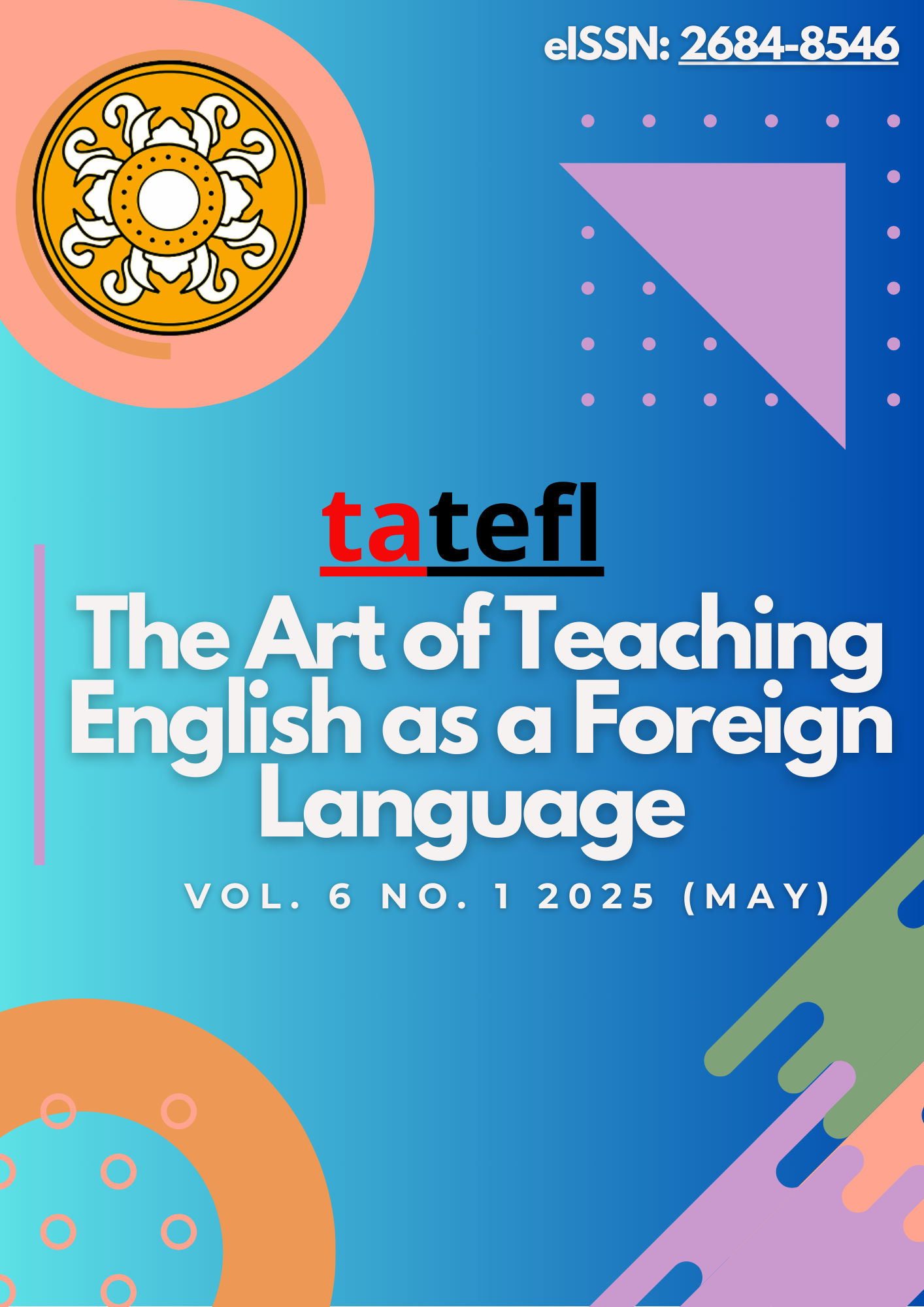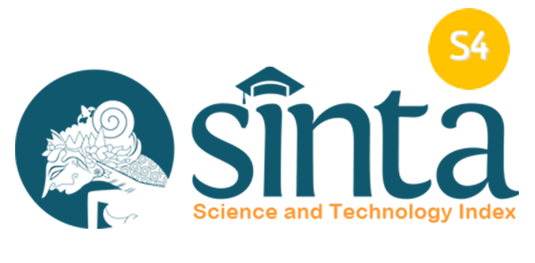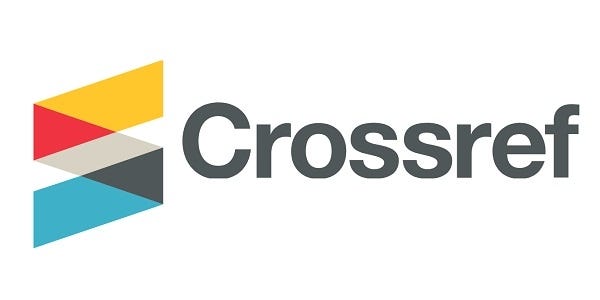Duolingo: A Qualitative Study on Vocabulary Acquisition
DOI:
https://doi.org/10.36663/tatefl.v6i1.942Keywords:
Vocabulary, Duolingo, Application, GamificationAbstract
This qualitative study aims to investigate how the teacher implements the Duolingo application as an English vocabulary learning media and to explore students' opinions on using the Duolingo application in one public high school in Bali. The data in this study were collected through interviews, classroom observation, and questionnaire. The findings show that the teacher integrated the Duolingo application during the activity stage by elaborating on brain warm-up activities adopted from questions, exercises, and material in the Duolingo application. The main activity of using the Duolingo application as a learning medium was divided into several groups, and then the teacher instructed students to work on the learning targets available in Duolingo with sections and units that the teacher had determined. Students reported that learning to use Duolingo provided an engaging and practical experience and helped them improve their vocabulary skills significantly. Students highlight the interactive features of the Duolingo application as motivated and user-friendly, leading to consistent vocabulary learning habits. These findings suggest that integrating Duolingo in the language classrooms can enhance vocabulary and student engagement, offering educators tools to support traditional teaching methods and promote active, self-directed learning.
Downloads
References
Afzal, N. (2019). A Study on vocabulary-learning problems encountered by BA English majors at the university level of education. Arab World English Journal, 10(3), 81–98. https://doi.org/10.24093/awej/vol10no3.6 DOI: https://doi.org/10.24093/awej/vol10no3.6
Ahmed, S. (2015). Attitudes towards English language learning among EFL learners at UMSKAL. Journal of Education and Practice, 6(18), 6–17.
Ajisoko, P. (2020). The use of duolingo apps to improve English vocabulary learning. International Journal of Emerging Technologies in Learning, 15(7), 149–155. https://doi.org/10.3991/IJET.V15I07.13229 DOI: https://doi.org/10.3991/ijet.v15i07.13229
Apoko, T. W., Dunggio, A. A., & Chong, S. L. (2023). The students’ perceptions on the use of mobile-assisted language learning through duolingo in improving vocabulary mastery at the tertiary level. English Review: Journal of English Education, 11(1), 17–26. https://doi.org/10.25134/erjee.v11i1.7069 DOI: https://doi.org/10.25134/erjee.v11i1.7069
Arta, G. J., Ratminingsih, N. M., & Santosa, M. H. (2019). The effectiveness of blended learning strategy on students’ writing competency of the tenth grade students. JPI (Jurnal Pendidikan Indonesia), 8(1), 29-39. https://doi.org/10.23887/jpi-undiksha.v8i1.13501 DOI: https://doi.org/10.23887/jpi-undiksha.v8i1.13501
Bond, M., Marín, V. I., Dolch, C., Bedenlier, S., & Zawacki-Richter, O. (2018). Digital transformation in German higher education: student and teacher perceptions and usage of digital media. International Journal of Educational Technology in Higher Education, 15(1), 1–20. https://doi.org/10.1186/s41239-018-0130-1 DOI: https://doi.org/10.1186/s41239-018-0130-1
Braun, V., & Clarke, V. (2006). Using thematic analysis in psychology. Qualitative Research in Psychology, 3(2), 77–101. https://doi.org/10.1191/1478088706qp063oa DOI: https://doi.org/10.1191/1478088706qp063oa
Budiyani, W., & Sujarwo. (2017). Interactive learning multimedia: Enhancing vocabulary mastery or junior high school students. Jurnal Kependidikan Penelitian Inovasi Pembelajaran , 4(2), 295–307. https://doi.org/10.21831/jk.v4i2.30679 DOI: https://doi.org/10.21831/jk.v4i2.30679
Bunmak, N. (2021). University students’ multimedia use in learning English Vocabulary: a case study of University Students in Chiang Mai, Thailand. Thaitesol Journal, 34(2), 45–66.
Creswell, J. W. (2015). Research design: Qualitative, quantitative and mixed methods approaches. Pearson
De Wilde, V., Brysbaert, M., & Eyckmans, J. (2020). Learning English through out-of-school exposure. Which levels of language proficiency are attained and which types of input are important? Bilingualism: Language and Cognition, 23(1), 171–185. https://doi.org/10.1017/S1366728918001062 DOI: https://doi.org/10.1017/S1366728918001062
Freeman, C., Kittredge, A., Wilson, H., & Pajak, B. (2023). The Duolingo method for app-based teaching and learning. 2023, 1–19.
Ghavifekr, S., & Rosdy, W. A. W. (2015). Teaching and learning with technology: Effectiveness of ICT integration in schools. International Journal of Research in Education and Science, 1(2), 175–191. https://doi.org/10.21890/ijres.23596 DOI: https://doi.org/10.21890/ijres.23596
Haleem, A., Javaid, M., Qadri, M. A., & Suman, R. (2022). Understanding the role of digital technologies in education: A review. Sustainable Operations and Computers, 3(May), 275–285. https://doi.org/10.1016/j.susoc.2022.05.004 DOI: https://doi.org/10.1016/j.susoc.2022.05.004
Harahap, I. F., & Daulay, S., H. (2023). Duolingo application in English teaching practice: teacher’s perception. KnE Social Sciences, 2022(2022), 93–104. https://doi.org/10.18502/kss.v8i8.13289 DOI: https://doi.org/10.18502/kss.v8i8.13289
Hidayah, N., & Asari, S. (2022). Investigating students’ listening skill using liveworksheet as an outline teaching platform. J-SHMIC : Journal of English for Academic, 9(1), 51–59. https://doi.org/10.25299/jshmic.2022.vol9(1).8611 DOI: https://doi.org/10.25299/jshmic.2022.vol9(1).8611
Khatoony, S., & Nezhadmehr, M. (2020). EFL teachers’ challenges in integration of technology for online classrooms during Coronavirus (COVID-19) pandemic in Iran. AJELP: Asian Journal of English Language and Pedagogy, 8(2), 1–16. DOI: https://doi.org/10.37134/ajelp.vol8.2.7.2020
Kristiawan, D., Bashar, K., & Pradana, D. A. (2024). Artificial intelligence in English Language Learning: A systematic review of AI tools, applications, and pedagogical outcomes. The Art of Teaching English As a Foreign Language (TATEFL), 5(2), 207–218. https://doi.org/10.36663/tatefl.v5i2.912 DOI: https://doi.org/10.36663/tatefl.v5i2.912
Klimova, B., & Polakova, P. (2020). Students’ perceptions of an EFL vocabulary learning mobile application. Education Sciences, 10(2). https://doi.org/10.3390/educsci10020037 DOI: https://doi.org/10.3390/educsci10020037
Kusuma, I. P. I. (2022). EFL teachers’ online teaching in Rural Schools during the COVID-19 Pandemic: stories from Indonesia. Studies in English Language and Education, 9(1), 203–221. https://doi.org/10.24815/siele.v9i1.21239 DOI: https://doi.org/10.24815/siele.v9i1.21239
Luciana, N. L. R. (2020). Teachers’ readiness in inserting the 21st Century Skills in the lesson plan in teaching English. Jurnal Pendidikan Dan Pengajaran, 53(2), 168. https://doi.org/10.23887/jpp.v53i2.26406 DOI: https://doi.org/10.23887/jpp.v53i2.26406
Okkan, A., & Aydın, S. (2020). The effects of the use of Quizlet on vocabulary learning motivation. Language and Technology, 2(1), 16–25.
Padmadewi, N. N., Artini, L. P., & Jayanta, I. N. L. (2021). Teachers’ readiness in promoting 21st Century Skills in teaching students at a Bilingual Primary School. Proceedings of the 5th Asian Education Symposium 2020 (AES 2020), 566(Aes 2020), 161–166. https://doi.org/10.2991/assehr.k.210715.034 DOI: https://doi.org/10.2991/assehr.k.210715.034
Purnawan, N., Padmadewi, N. N., & Budiarta, L. (2022). The effect of online gamification quiz application on vocabulary mastery for young English learners. JINOTEP (Jurnal Inovasi Dan Teknologi Pembelajaran), 9(1), 33–43. https://doi.org/10.17977/um031v9i12022p033 DOI: https://doi.org/10.17977/um031v9i12022p033
Rohmatillah, R. (2014). A study on students’ difficulties in learning vocabulary. English Education: Jurnal Tadris Bahasa Inggris, 6(1), 69–86.
Shortt, M., Tilak, S., Kuznetcova, I., Martens, B., & Akinkuolie, B. (2023). Gamification in mobile-assisted language learning: a systematic review of Duolingo literature from public release of 2012 to early 2020. Computer Assisted Language Learning, 36(3), 517–554. https://doi.org/10.1080/09588221.2021.1933540 DOI: https://doi.org/10.1080/09588221.2021.1933540
Shraim, K. (2019). Online examination practices in higher education institutions: Learners’ perspectives. Turkish Online Journal of Distance Education, 20(4), 185–196. https://doi.org/10.17718/TOJDE.640588 DOI: https://doi.org/10.17718/tojde.640588
Suryana, D., Sari, N. E., Mayar, F., & Satria, S. (2021). English learning interactive media for early childhood through the total physical response method. Jurnal Pendidikan Usia Dini, 15(1), 60-80. https://doi.org/10.21009/JPUD.151.04 DOI: https://doi.org/10.21009/JPUD.151.04
Tuong, N. K., & Dan, T. C. (2024). A study on Duolingo mobile applications to improve EFL students’ listening comprehension performances. European Journal of Alternative Education Studies, 9(1), 217–265. https://doi.org/10.46827/ejae.v9i1.5342 DOI: https://doi.org/10.46827/ejae.v9i1.5342
Zhonggen, Y. (2018). Differences in serious game-aided and traditional English vocabulary acquisition. Computers & Education, 127, 214–232. https://doi.org/10.1016/j.compedu.2018.07.014 DOI: https://doi.org/10.1016/j.compedu.2018.07.014
Downloads
Published
How to Cite
Issue
Section
License
Copyright (c) 2025 Raisha Dian Pramesti, Ni Nyoman Padmadewi, Luh Gede Eka Wahyuni

This work is licensed under a Creative Commons Attribution-ShareAlike 4.0 International License.
License Terms
- Attribution — You must give appropriate credit, provide a link to the license, and indicate if changes were made. You may do so in any reasonable manner, but not in a way that suggests the licensor endorses you or your use.
- ShareAlike — If you remix, transform, or build upon the material, you must distribute your contributions under the same license as the original.
- No additional restrictions — You may not apply legal terms or technological measures that legally restrict others from doing anything the license permits.

















